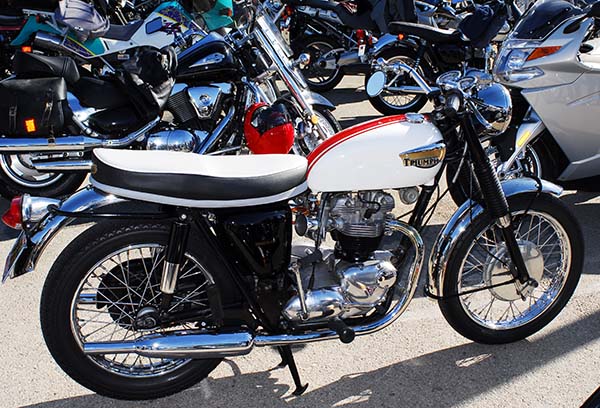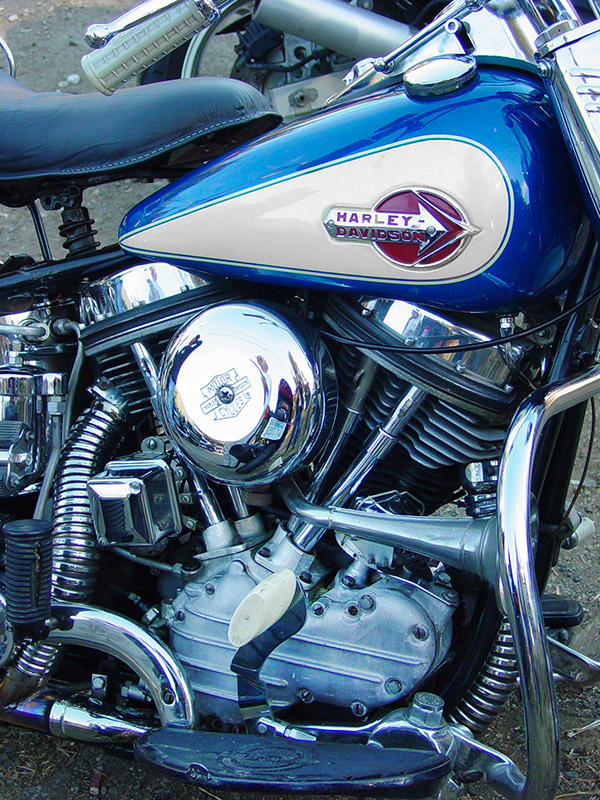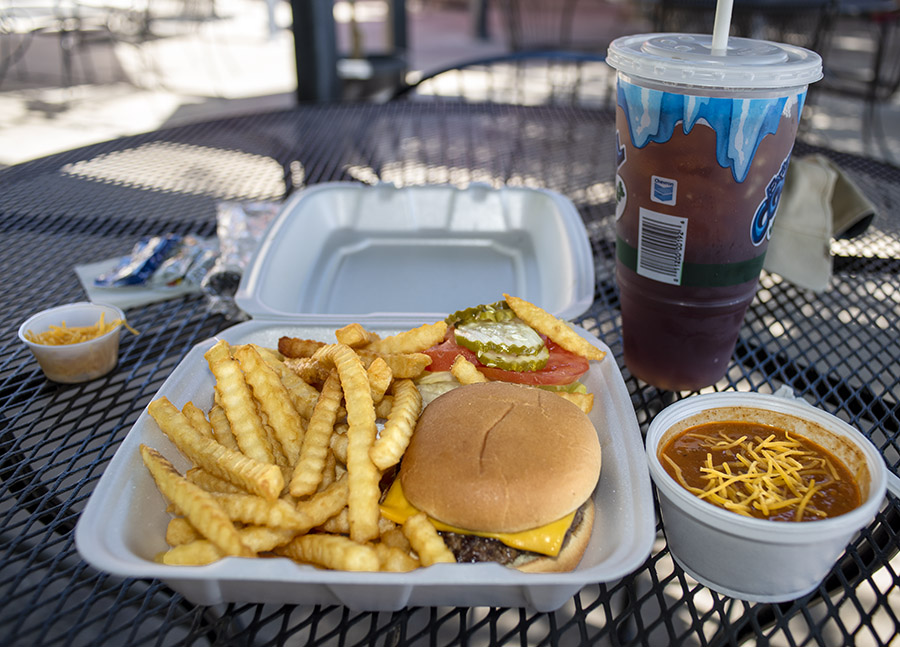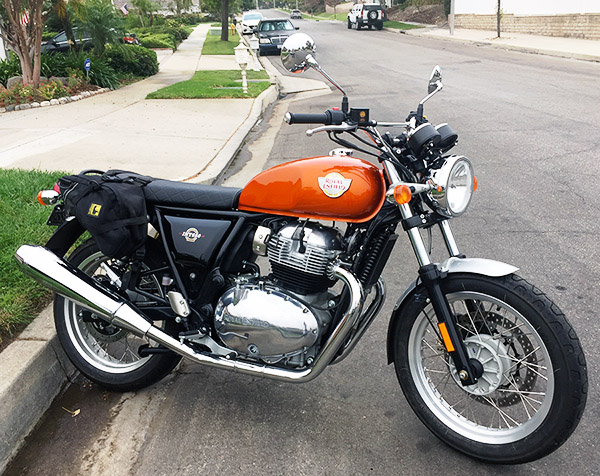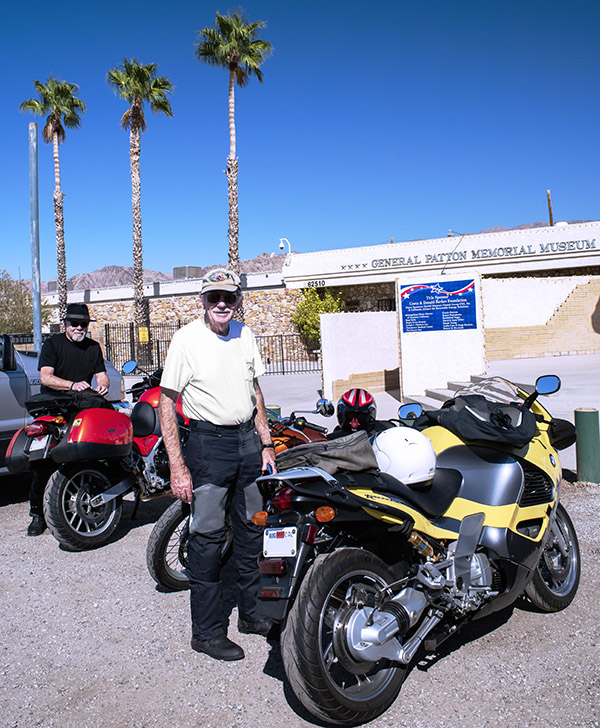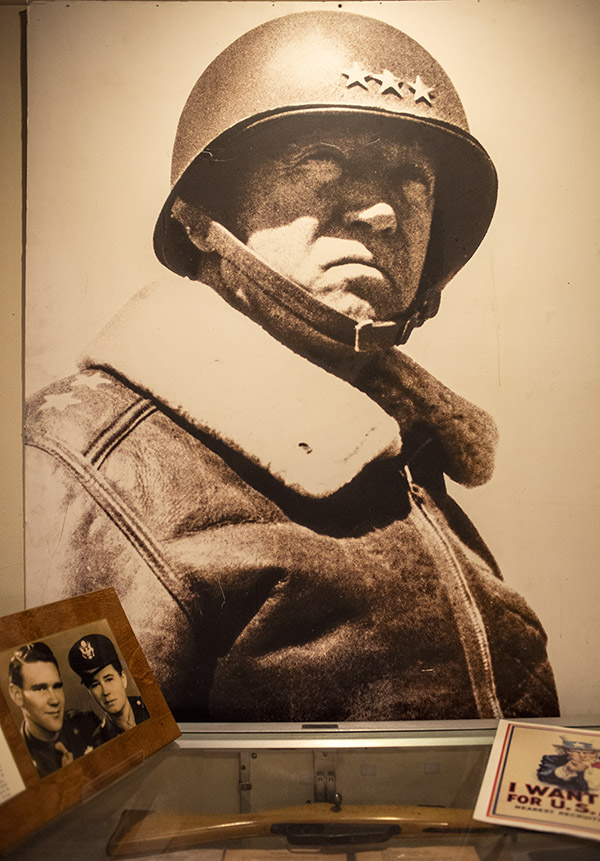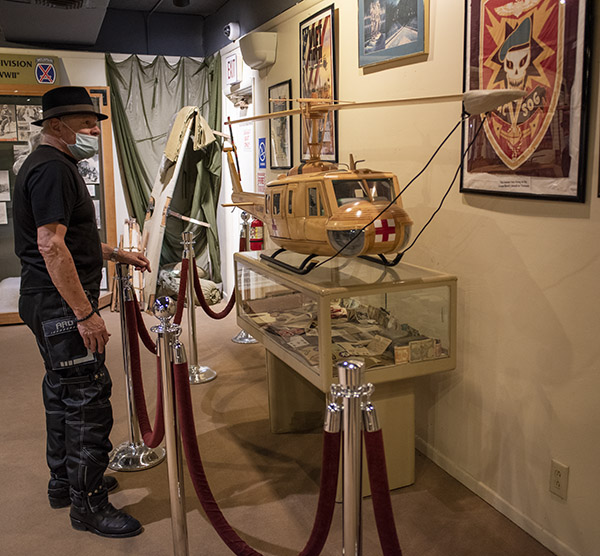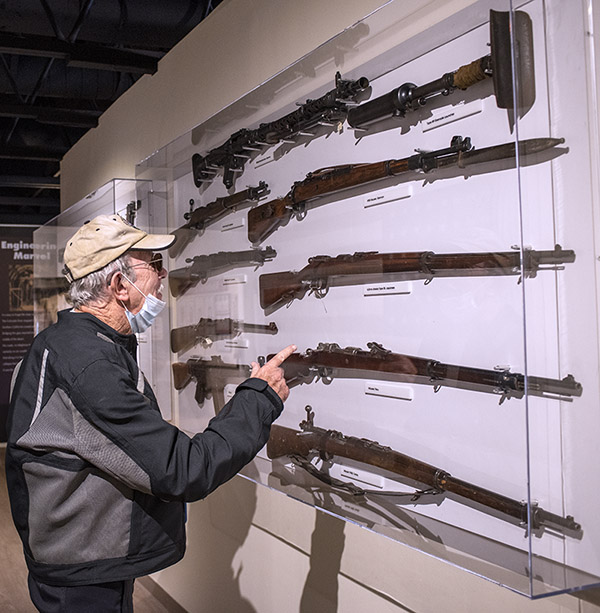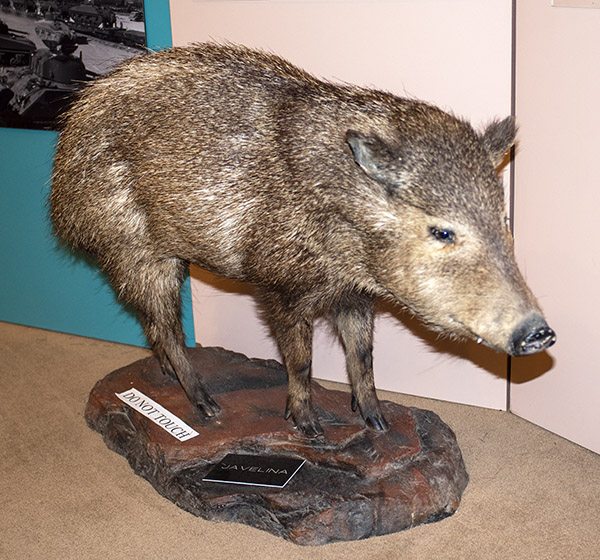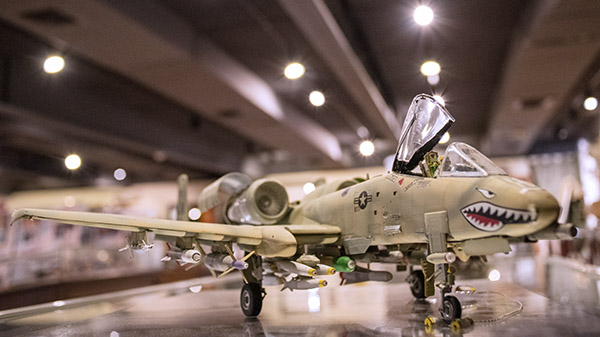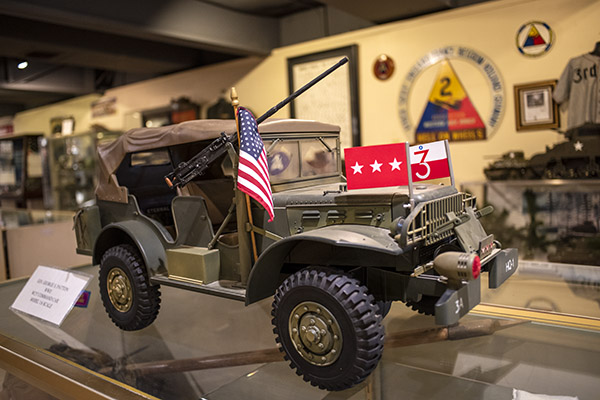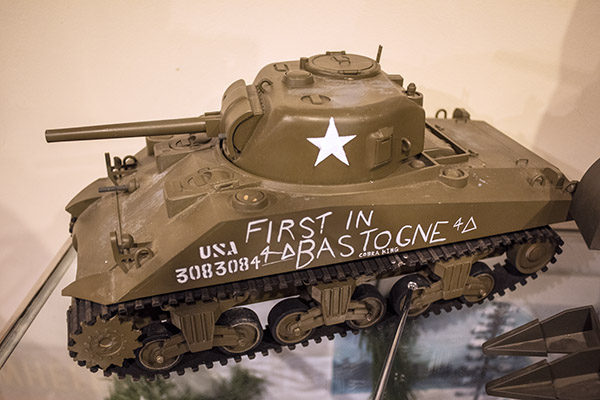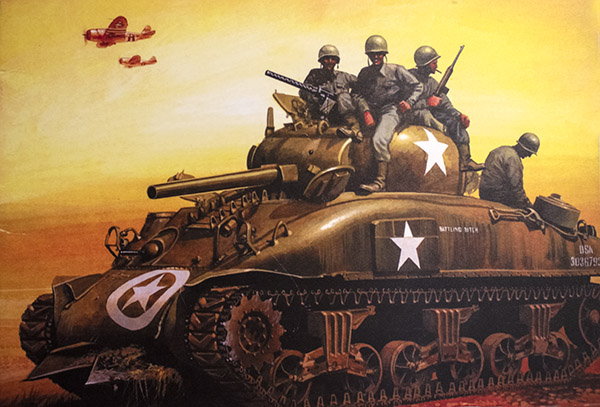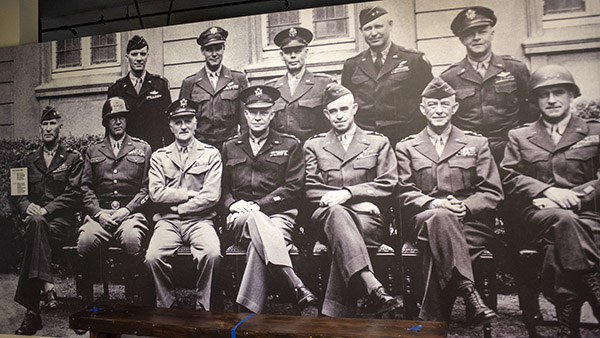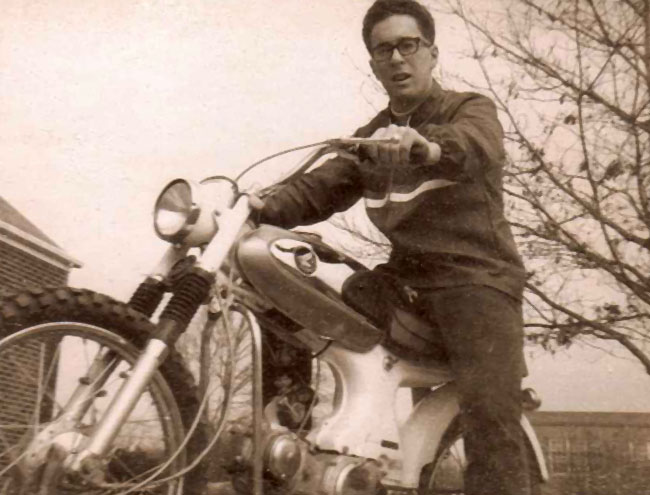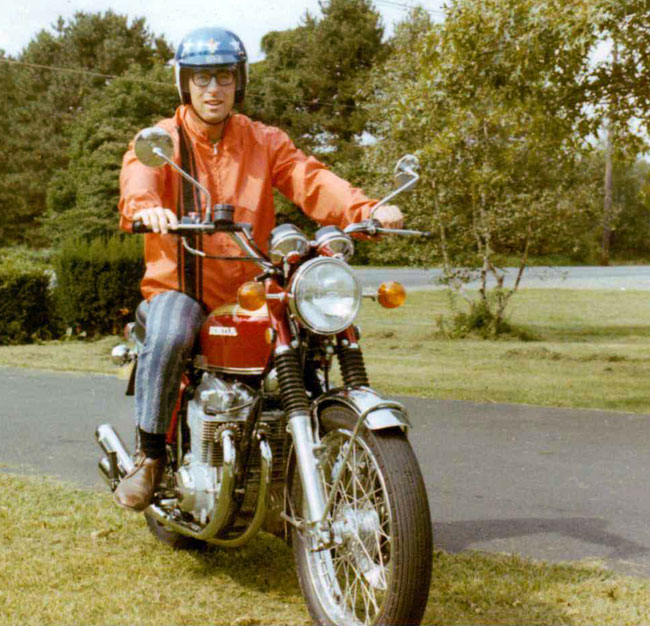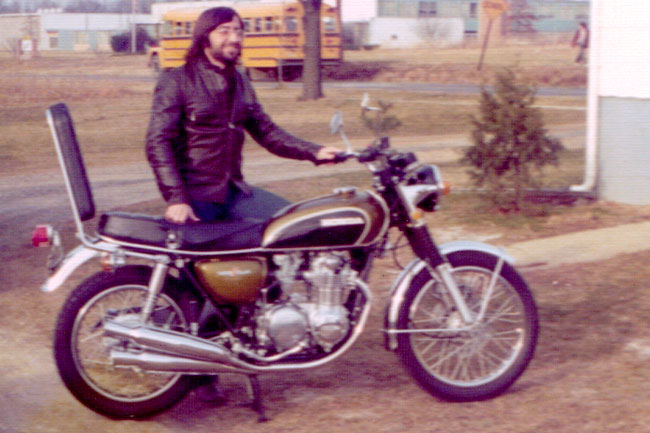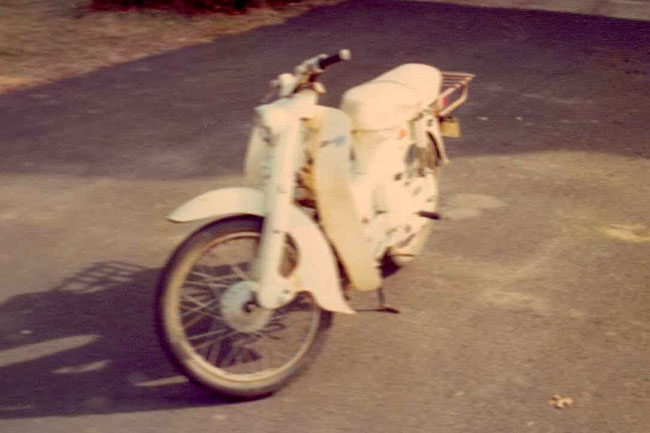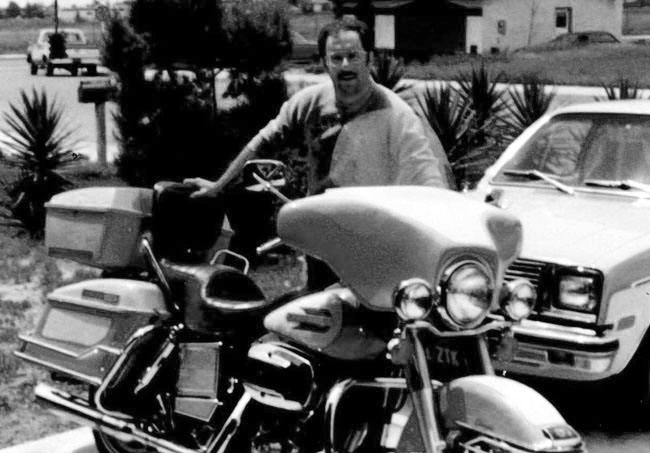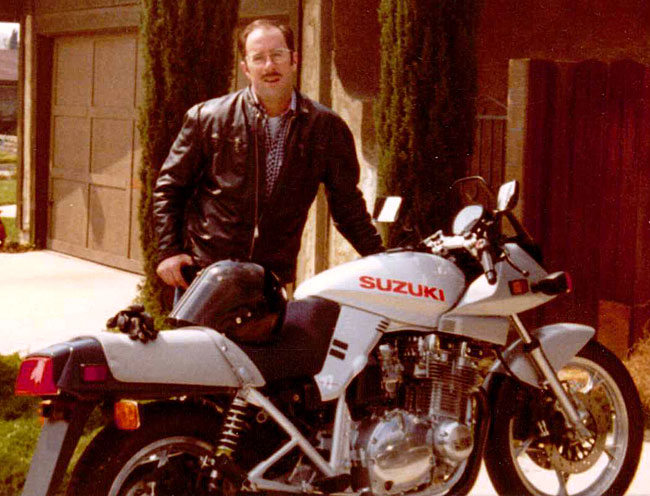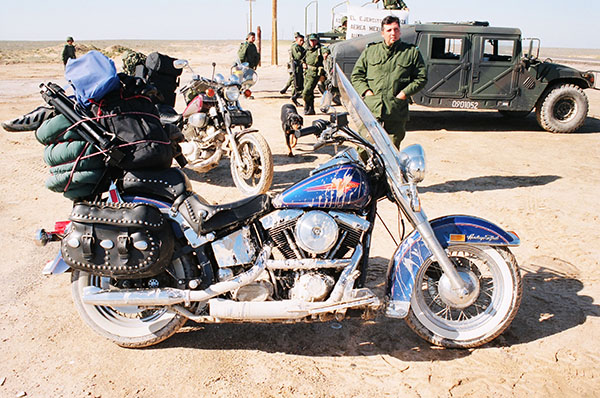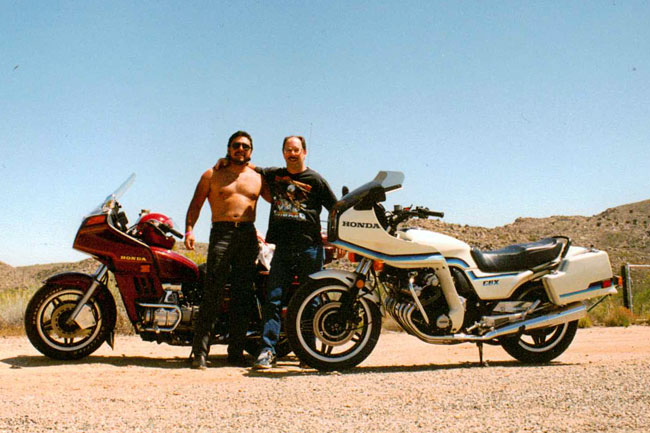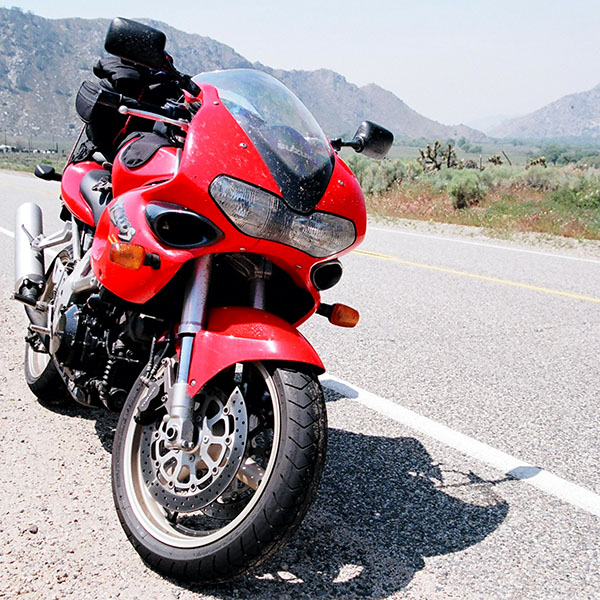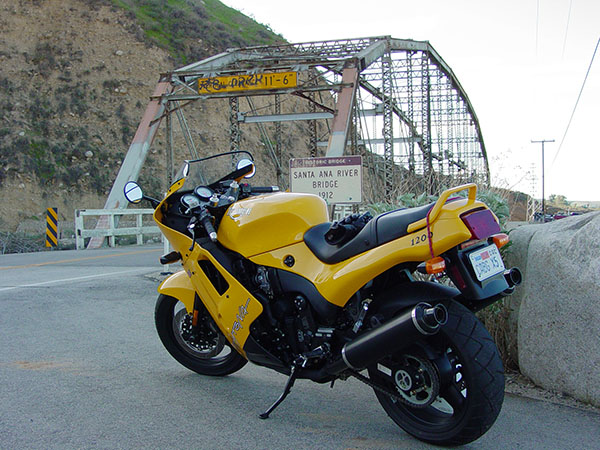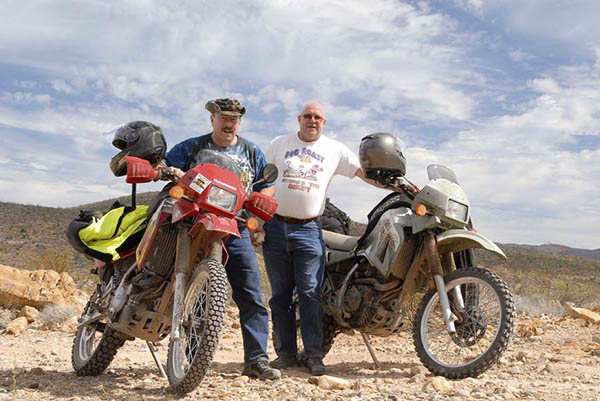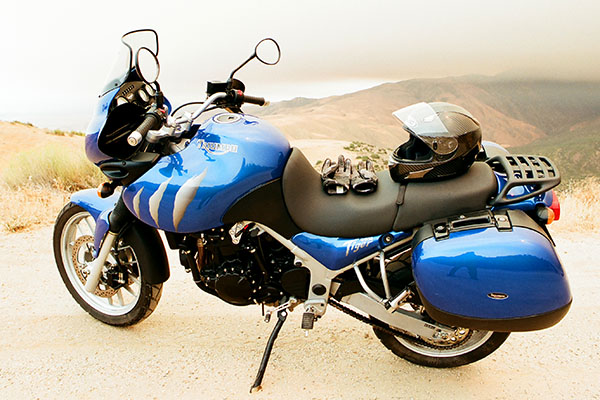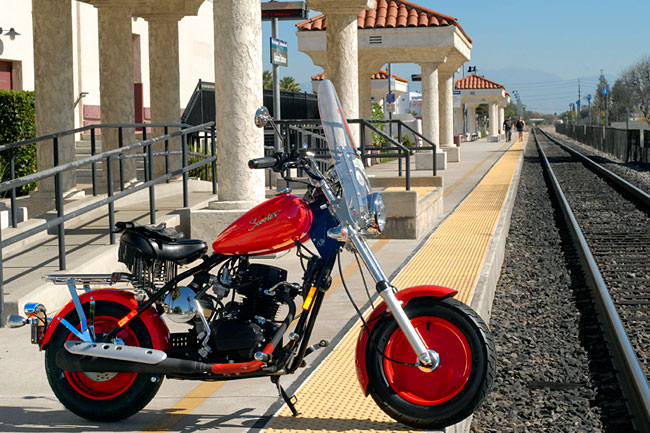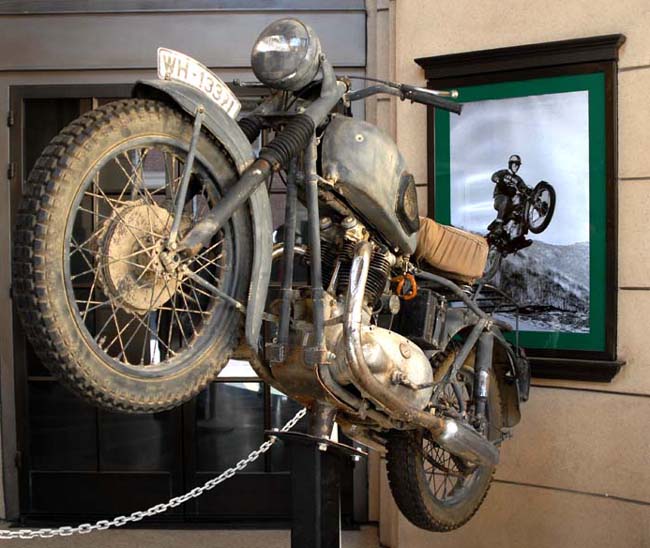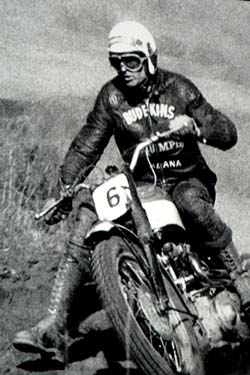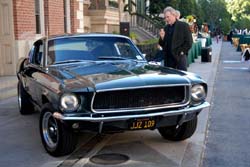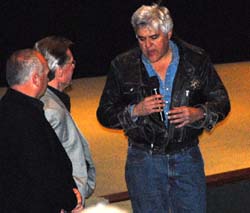By Bobbie Surber
As a passionate female solo rider, I often find myself facing a barrage of incredulous looks and questions from both strangers and friends. They ask the usual list of queries: “Is it safe?” “Where will you stay?” “What if your bike drops?” It’s become almost customary to respond by sharing my blog or articles that capture the essence of the joy I find in solo travel, whether by foot or by bike. This brings me to my latest and most epic solo adventure – a motorcycle journey from my home in the enchanting town of Sedona, Arizona, all the way up to the stunning landscapes of Canada. Covering over 6,700 miles of magical terrain, this journey was a test of my spirit and a celebration of my love for long distance motorcycle travel.
It all began last fall when the idea of a ride to Canada took hold of me. I knew that this was the journey I was meant to embark upon. I was determined to take my time, to savor the journey, and to visit as many National Parks as possible along the way. My plan was simple yet liberating: I would make up my route no more than a week in advance, pack light, and camp as much as possible off my trusty motorcycle, a three-cylinder Triumph Tiger 900 GT Pro, lovingly named Tippi.

On the crisp morning of June 2nd, with the sun just beginning to warm the high desert of Sedona, I geared up for my adventure little did I know then that I would be gone for 11 plus weeks. The air carried an unusual coolness, a welcome departure from the scorching desert temperatures. My first stop was an obligatory one – Flagstaff, Arizona, just a short 30-mile ride from Sedona. The journey up Oak Creek Canyon was a visual feast, with Red Rock views and sinuous twists and turns that are a motorcyclist’s dream. I found myself at a Starbucks in Flagstaff, sipping on a well-deserved Americano, wondering what the day had in store for me as I charted my course towards North Grand Canyon National Park.

Leaving the comfort of Flagstaff behind, I embarked on Highway 89-A, leaving the tall pines of the city in my rearview mirror. The road led me to Lees Ferry, a spot where I could steal a quick moment with the majestic Colorado River. Riding through this part of Arizona on 89A felt like transitioning to another world. The landscape shifted from rugged mountains to a breathtaking desert expanse. Sandy plains, cacti, and the awe-inspiring sight of the Colorado River slicing through towering cliffs and canyons greeted me. Every time I ride through this area, I feel like I’m letting go of the worries of the world and immersing myself in the raw beauty of nature.
Arriving at Lee’s Ferry, I gazed in wonder at the grandeur of the Colorado River. Red Rock bluffs reached skyward, casting their reflections onto the water’s surface. A few photos captured the essence of the moment, and then I was back on the road, with Tippi carrying me across the vastness of the desert landscape with mountains looming in the distance with turbulent looking skies, laden with the threat of rain seemingly daring me to press onward.
Press on I did, and by the time I arrived at Jacob Lake, I was soaked to the bone. The reward, though, was immediate and satisfying. The general store at Jacob Lake had the antidote to my damp spirits – a hot cup of coffee and the most heavenly homemade cookies I’ve ever tasted in Arizona. While I warmed up and indulged my taste buds, I chatted with fellow riders who regaled me with tales of epic early June snowstorms they’d encountered that day while riding back from the Grand Canyon. It’s moments like these, swapping stories with fellow riders, that make a solo journey so enriching.
A swift pit stop at Jacob Lake was followed by the task of setting up my tent, which proved to be a bit of a challenge in the rain. But that’s the essence of adventure riding, isn’t it? You adapt, you overcome, and you keep moving forward. With my campsite established, I wasted no time and headed to North Grand Canyon. Fortunately, I was spared the snow, but a wicked hailstorm tested my resolve as I carefully made my way further up the rim.
By the time I reached the park, the weather gods seemed to have taken pity on me. Dry weather prevailed, and I was treated to the most dramatic skies one could hope for when visiting the North Grand Canyon. As I stood there, gazing out into the vast expanse of this natural wonder, I couldn’t help but feel humbled by the forces of nature and the grandeur of the world we live in. It was a moment of pure serenity amidst the chaos of my journey.

The following morning, I bid farewell to North Grand Canyon, heading down into Kanab for a quick gas and coffee break before completing the remainder of my ride on Highway 89A, with Zion National Park as my next destination. With two days and one night to immerse myself in the beauty of Zion, I was eager to experience the park in all its glory.
Entering Zion National Park on a motorcycle is a unique adventure. The winding roads and the freedom to embrace the open road add an extra layer of exhilaration to the journey. Plus, if you time it right, like I did, arriving early can help you avoid the epic traffic jams that can plague this popular destination.

Setting up camp as quickly as possible, I wasted no time in hopping onto a shuttle ride to the park’s lodge. From there, I embarked on a day of hiking, exploring several of Zion’s shorter trails. I couldn’t resist attempting to secure a permit for Angel’s Landing, a trail known for its breathtaking, albeit nerve-wracking, vistas. Alas, the permit eluded me, but that didn’t dampen my spirits. Zion offered me an array of other trails and sights to explore, and I reveled in every step I took.
Zion’s rugged beauty is a testament to the power of nature’s sculpting hand. Towering sandstone cliffs, cascading waterfalls, and the vibrant colors of the Virgin River create a landscape that feels otherworldly. With my camera in hand, I captured every nuance of this remarkable place. Hiking a portion of the Narrows, with water rushing around me, was a highlight I’ll carry with me forever. Zion National Park, with its mesmerizing mix of desert and oasis, and once again confirming why I love this park so much.
As I lay in my tent that night, listening to the sounds of the wilderness around me, I couldn’t help but reflect on the incredible journey I’d embarked upon. From the stunning landscapes of my hometown of Sedona to the awe-inspiring grandeur of the Grand Canyon and the mesmerizing beauty of Zion, my solo motorcycle ride to Canada had already been a whirlwind of experiences. And this was just the beginning.
My journey would continue northward, taking me through more National Parks, enchanting towns, and breathtaking vistas, mountains, desolate beaches, and new friends I’d yet to meet. Each twist and turn of the road held the promise of new adventures and the opportunity to connect with the world in a way that only solo travel can offer. The open road called me, and I was more than ready to answer its invitation.
In the world of solo travel, there’s a unique freedom and self-discovery. It is a chance to test your limits, embrace the unknown, and find solace in the beauty of the world. My motorcycle journey from Sedona to Canada was not just a ride; it was a pilgrimage of the soul, an exploration of the heart, and a celebration of the indomitable spirit of the open road. As I drifted into sleep under the starry Utah sky, I couldn’t wait to see where the road would lead me next on this remarkable adventure.
My fellow adventurers, I invite you to stay tuned for the next captivating chapter of this solo ride from Sedona to Canada. The open road stretches before us, brimming with the promise of extraordinary experiences and inspiring tales yet to be written. With each twist of the throttle I embrace the unknown, and I can’t wait to share the unfolding journey of a lifetime with you.
Never miss an ExNotes blog:


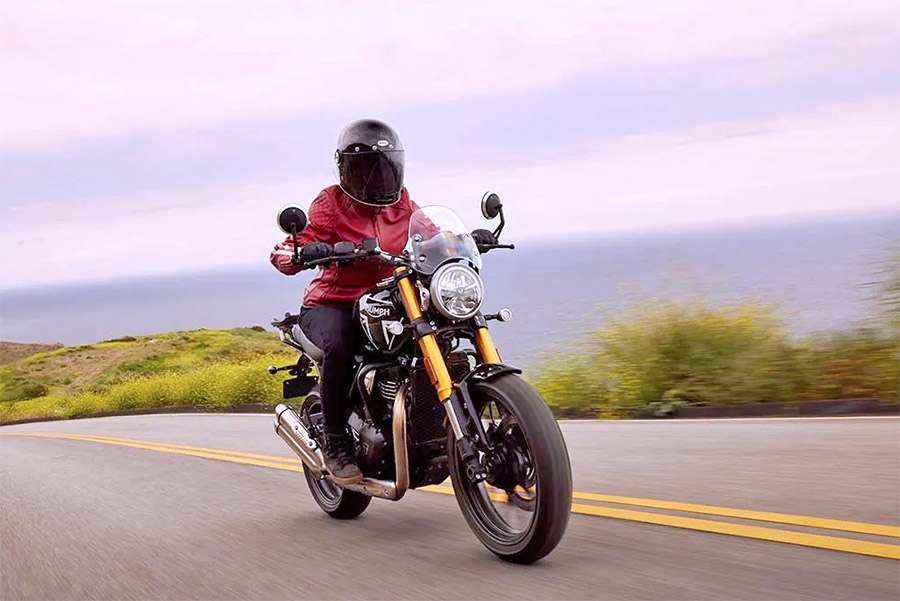
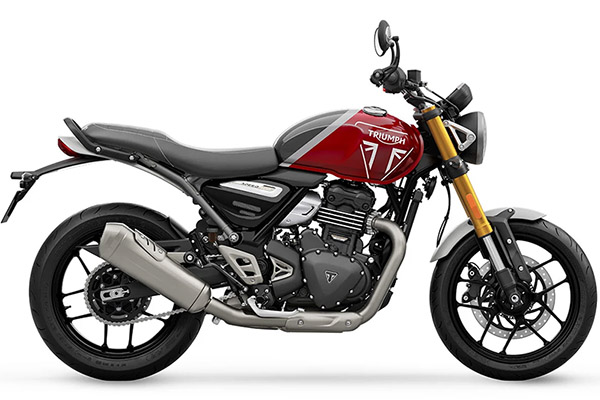
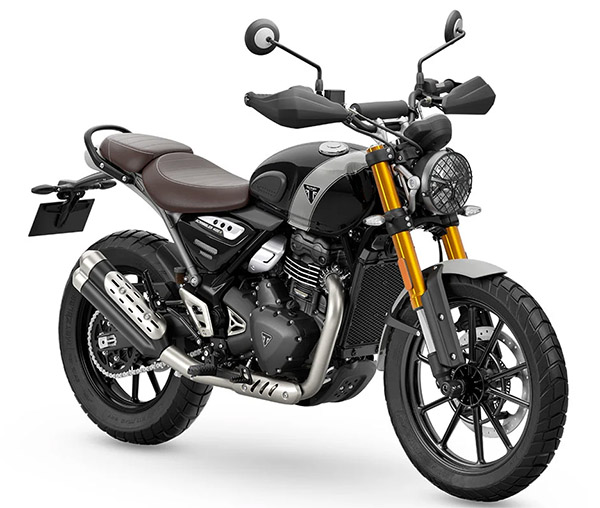
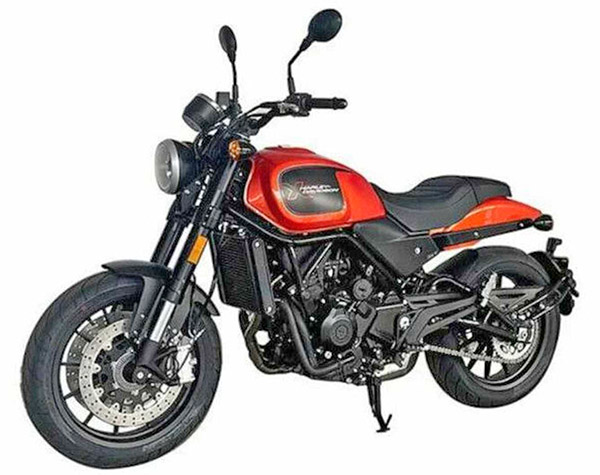
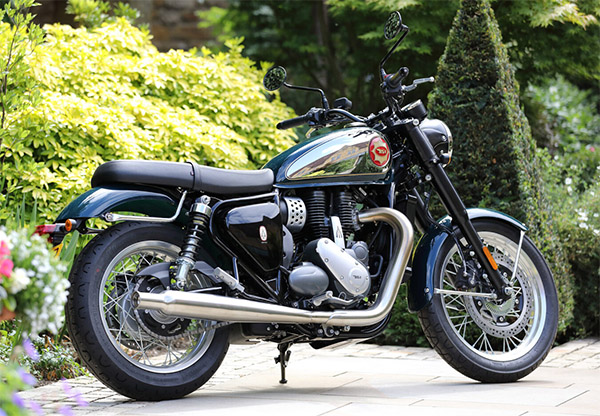
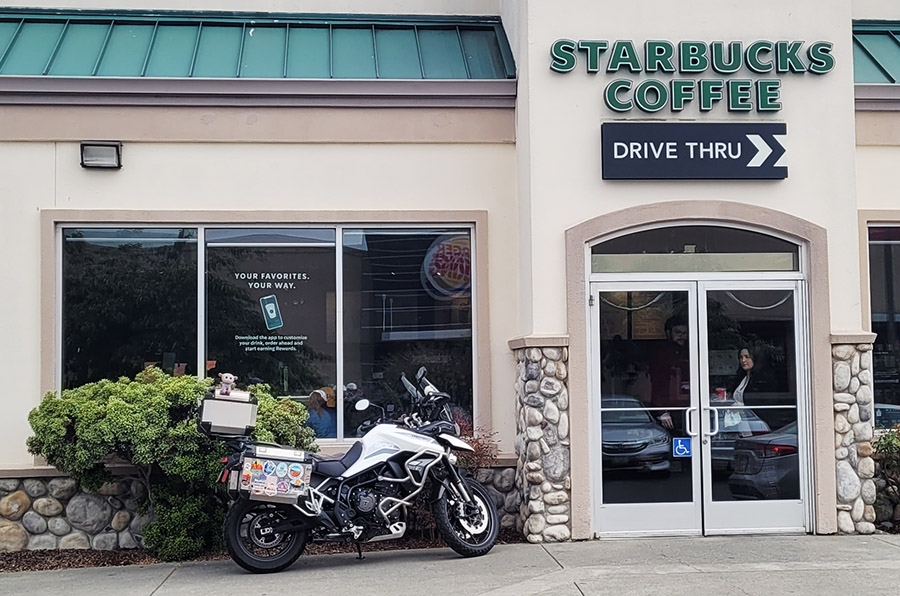
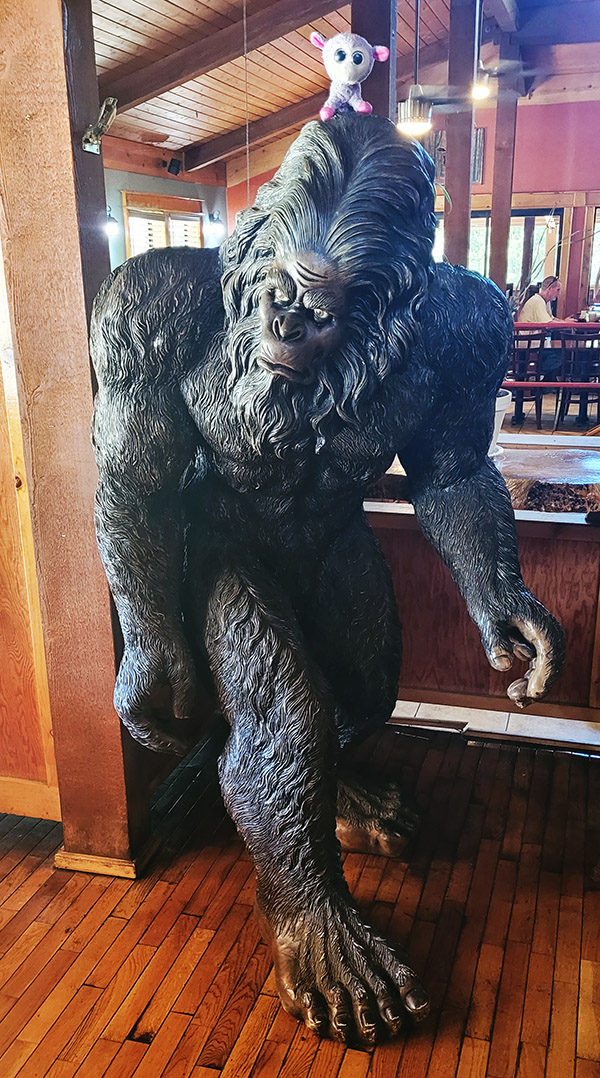 I was excited to ride this portion of northern California but didn’t expect to be that impressed with the Triumph. Previously having test rode several Triumphs I was familiar with them. They are wonderful machines but they never really spoke to me or my riding style, so I steered towards Ducati or BMW. However, one of my favorite guitar players, Billy Duffy (from the band The Cult) is a HUGE Triumph rider. I had the pleasure of meeting him last November and being semi star struck. All I could mutter was “I am sorry I ride a BMW GS, but my girlfriend rides a Triumph, and oh yeah…you’re an incredible guitarist.” I guess there have been worse encounters with celebrities than that. He high fived me, we shook hands, and we had a laugh over my awkwardness (more him than myself I am sure). Anyway, back to the Triumph Tiger and Sasquatch hunting along Route 299.
I was excited to ride this portion of northern California but didn’t expect to be that impressed with the Triumph. Previously having test rode several Triumphs I was familiar with them. They are wonderful machines but they never really spoke to me or my riding style, so I steered towards Ducati or BMW. However, one of my favorite guitar players, Billy Duffy (from the band The Cult) is a HUGE Triumph rider. I had the pleasure of meeting him last November and being semi star struck. All I could mutter was “I am sorry I ride a BMW GS, but my girlfriend rides a Triumph, and oh yeah…you’re an incredible guitarist.” I guess there have been worse encounters with celebrities than that. He high fived me, we shook hands, and we had a laugh over my awkwardness (more him than myself I am sure). Anyway, back to the Triumph Tiger and Sasquatch hunting along Route 299.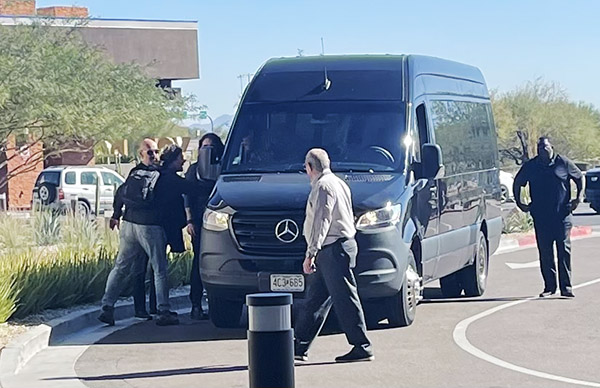
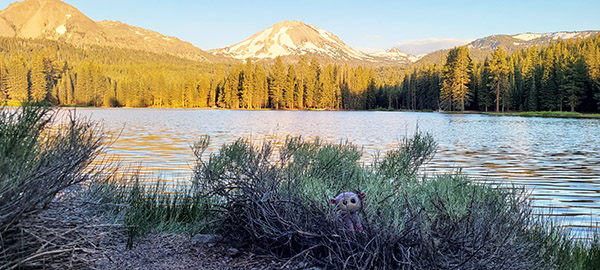
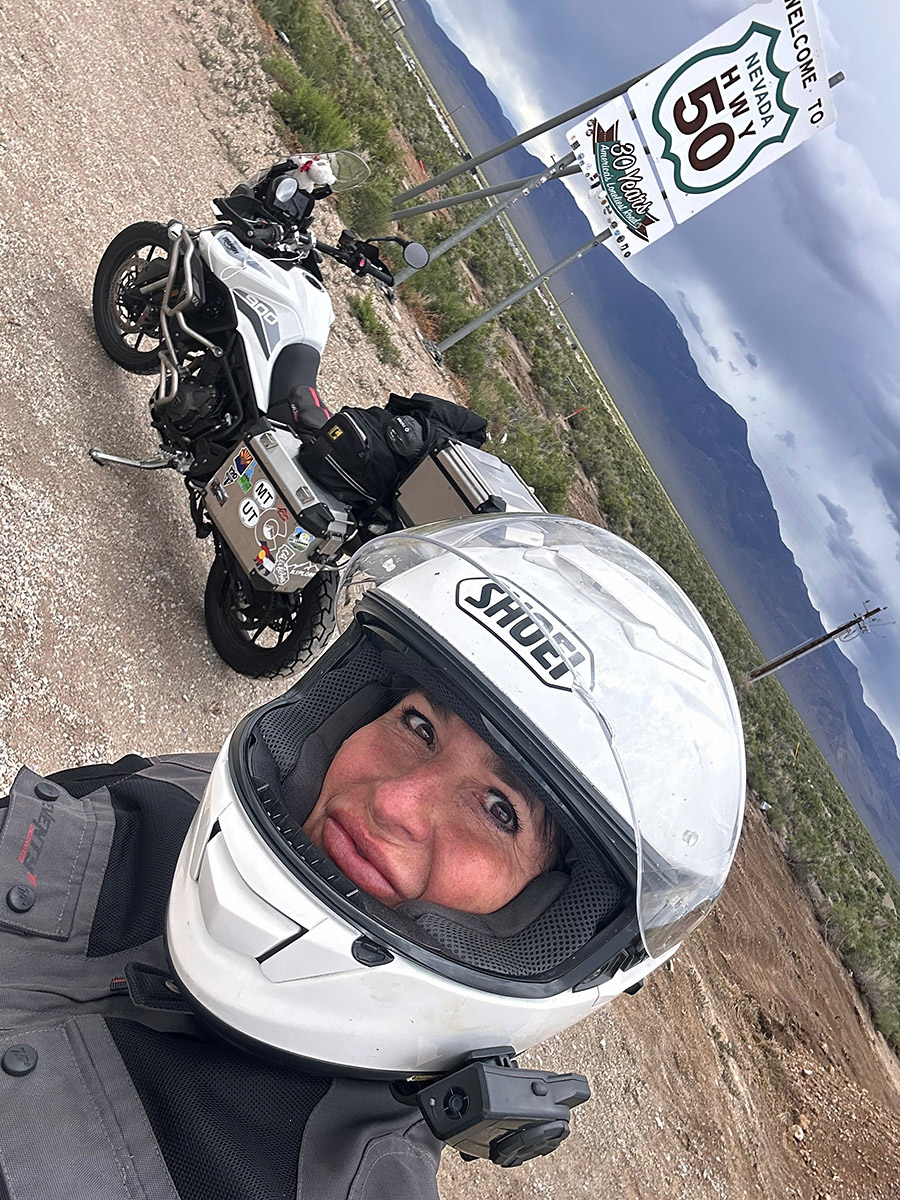
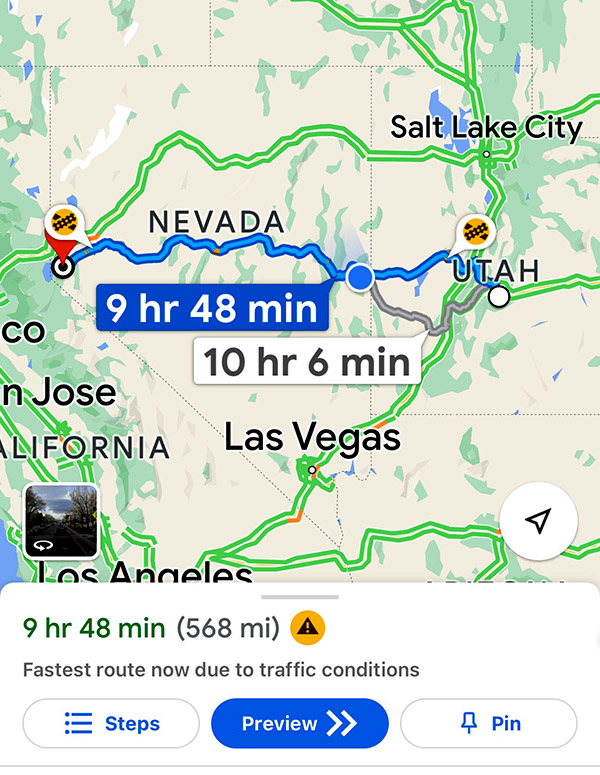 Highway 50, stretching from West Sacramento, California, to Ocean City, Maryland, is a scenic route that earned its moniker from a 1986 Life magazine article that described it as desolate and isolated. The section of Highway 50 referred to as the Loneliest Road is in Nevada. This road winds through vast stretches of remote desert landscapes, featuring rugged mountains and expansive plains that contribute to its reputation.
Highway 50, stretching from West Sacramento, California, to Ocean City, Maryland, is a scenic route that earned its moniker from a 1986 Life magazine article that described it as desolate and isolated. The section of Highway 50 referred to as the Loneliest Road is in Nevada. This road winds through vast stretches of remote desert landscapes, featuring rugged mountains and expansive plains that contribute to its reputation.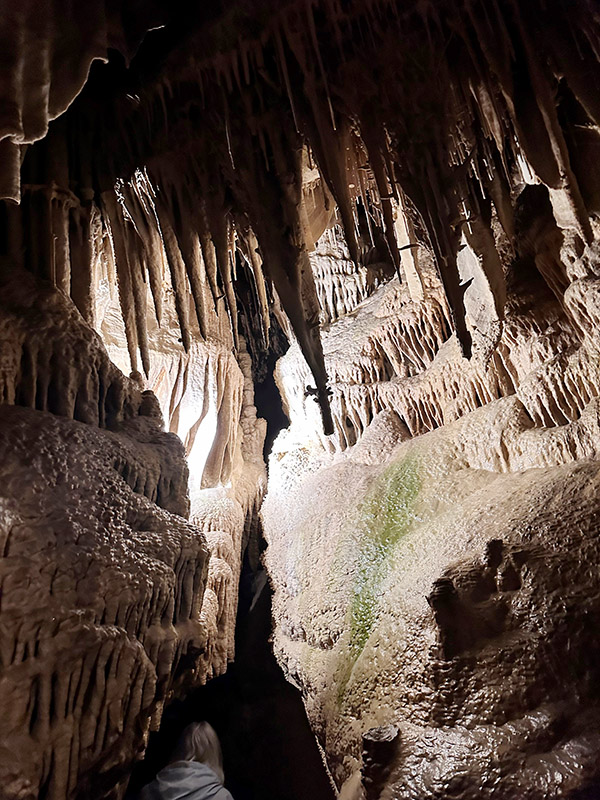
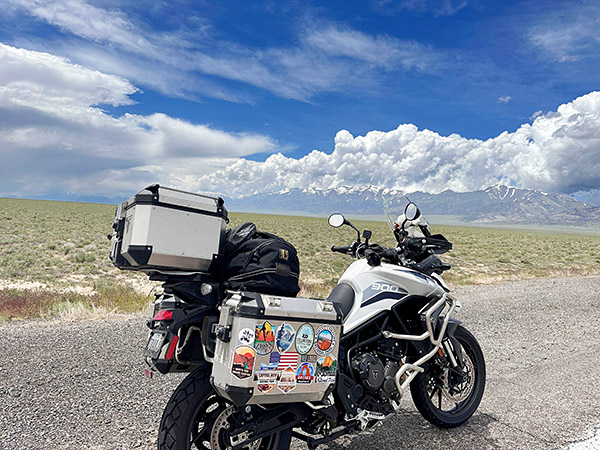
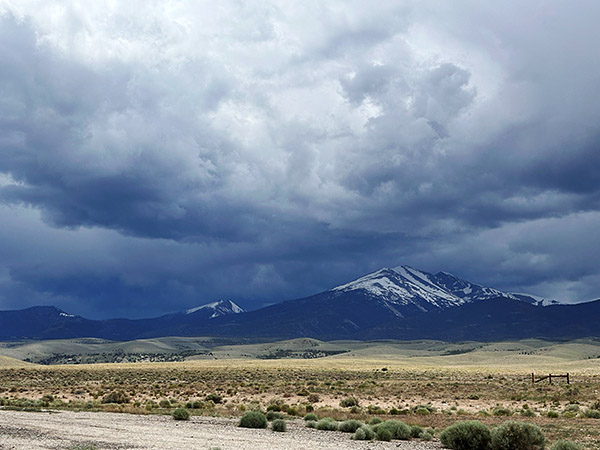

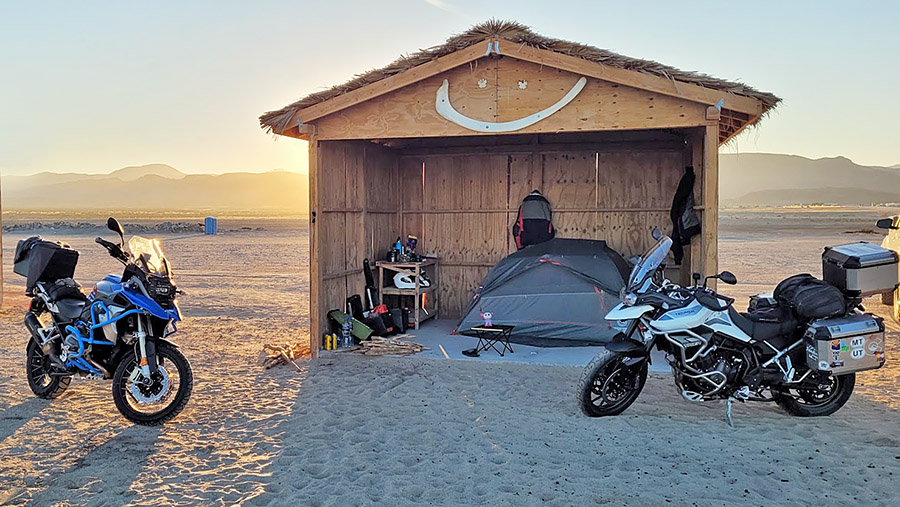
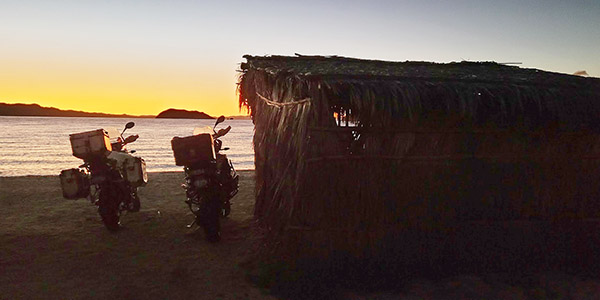 Groggily awaking the next morning to the sunrise peering over the mountains across the bay was a serene way to start the new year. Once we had a coffee (or three) in us we decided to pack up and make our way back north. The plan was originally to hotel in Guerrero Negro for the night, but we had made such incredible time riding that we arrived in town by 11:30, and it seemed too early to stop for the day. The biggest problem with this is once you leave Guerrero Negro there isn’t much (really anything) until you arrive in Gonzaga Bay, which is another 4+ hours of riding and the possibility of bad winds. We rolled the dice and decided to attempt the ride to Gonzaga confident we would arrive just before sunset, which I had confirmed was at 16:49 PST.
Groggily awaking the next morning to the sunrise peering over the mountains across the bay was a serene way to start the new year. Once we had a coffee (or three) in us we decided to pack up and make our way back north. The plan was originally to hotel in Guerrero Negro for the night, but we had made such incredible time riding that we arrived in town by 11:30, and it seemed too early to stop for the day. The biggest problem with this is once you leave Guerrero Negro there isn’t much (really anything) until you arrive in Gonzaga Bay, which is another 4+ hours of riding and the possibility of bad winds. We rolled the dice and decided to attempt the ride to Gonzaga confident we would arrive just before sunset, which I had confirmed was at 16:49 PST.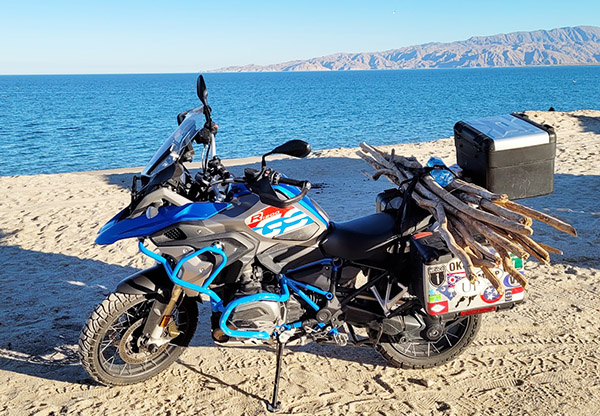
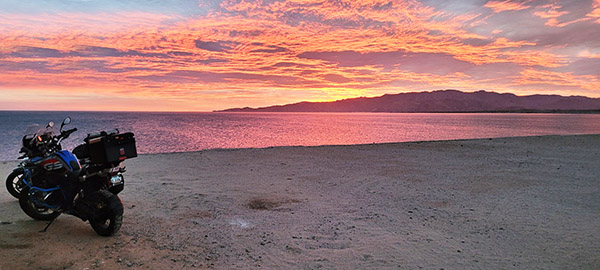
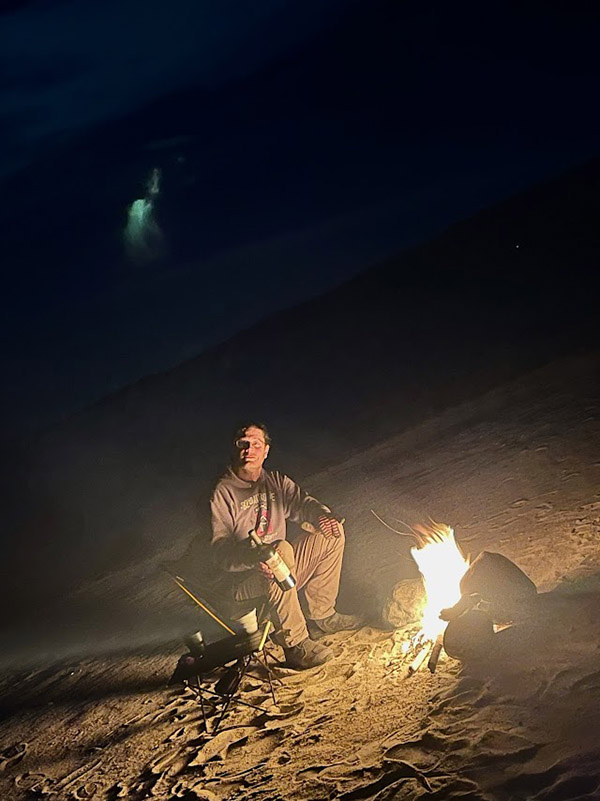
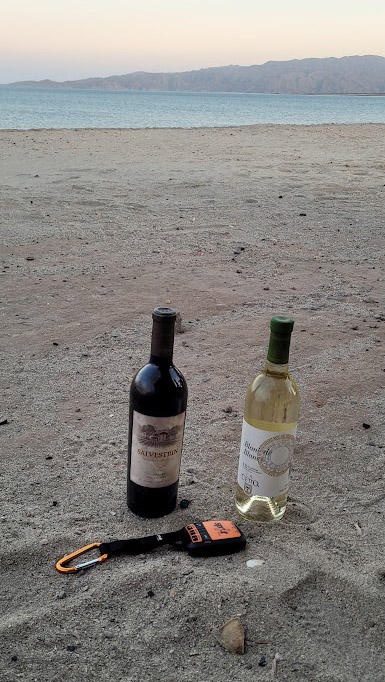
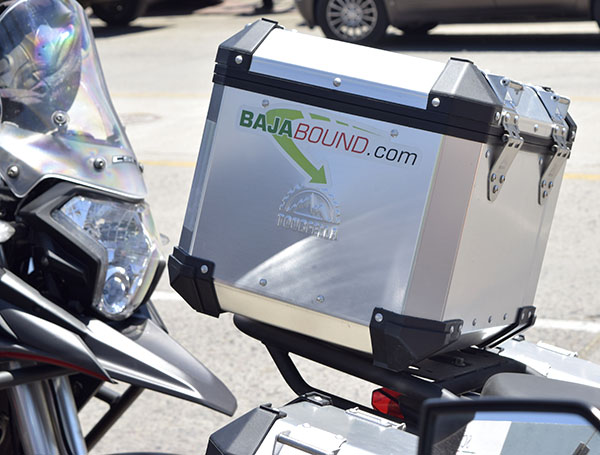
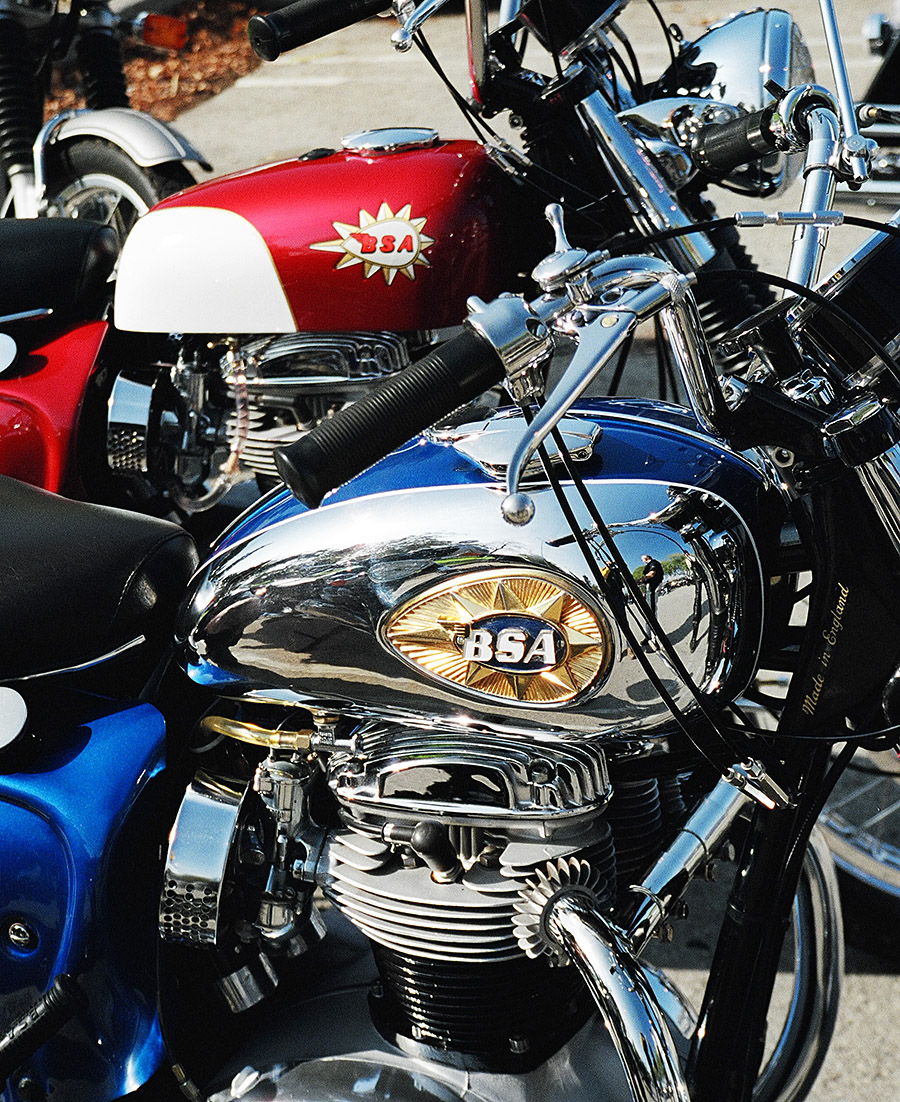

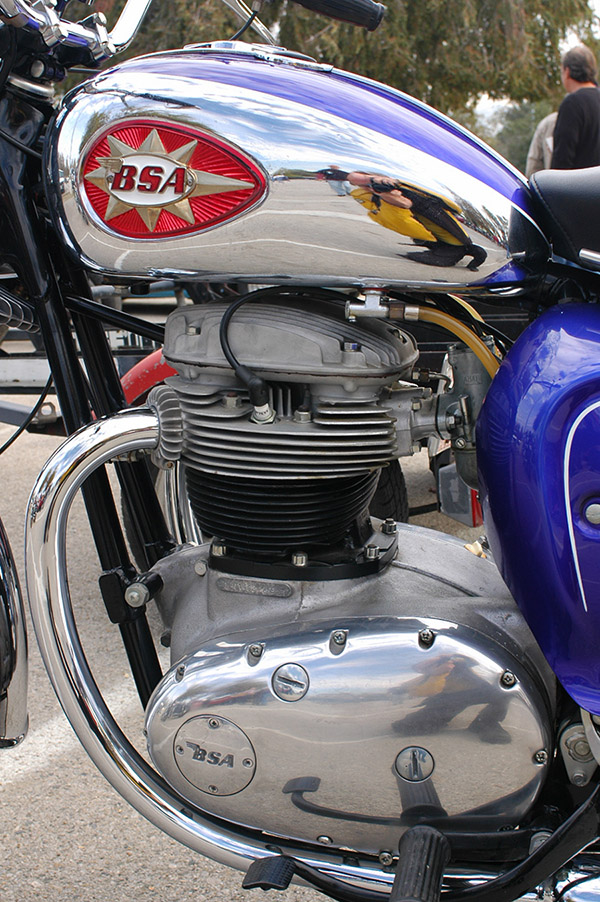
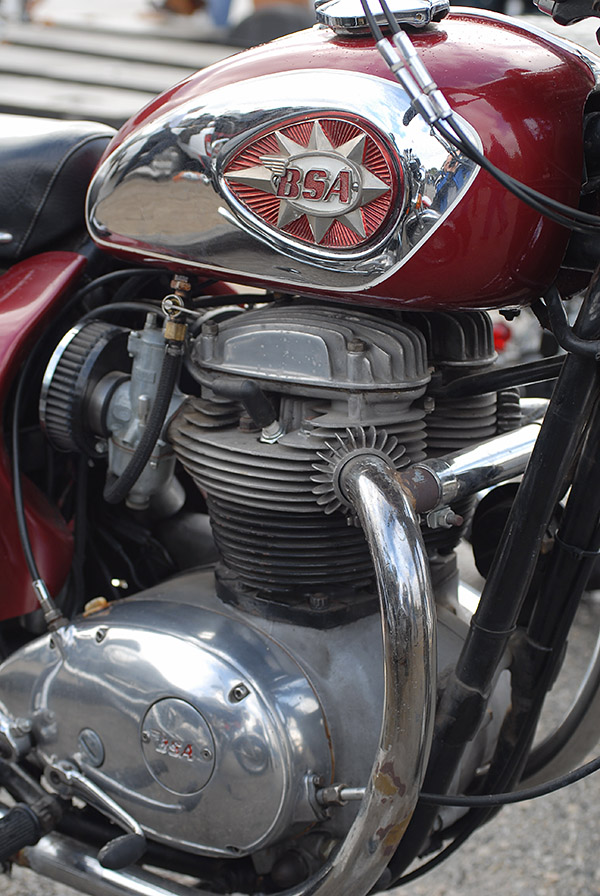
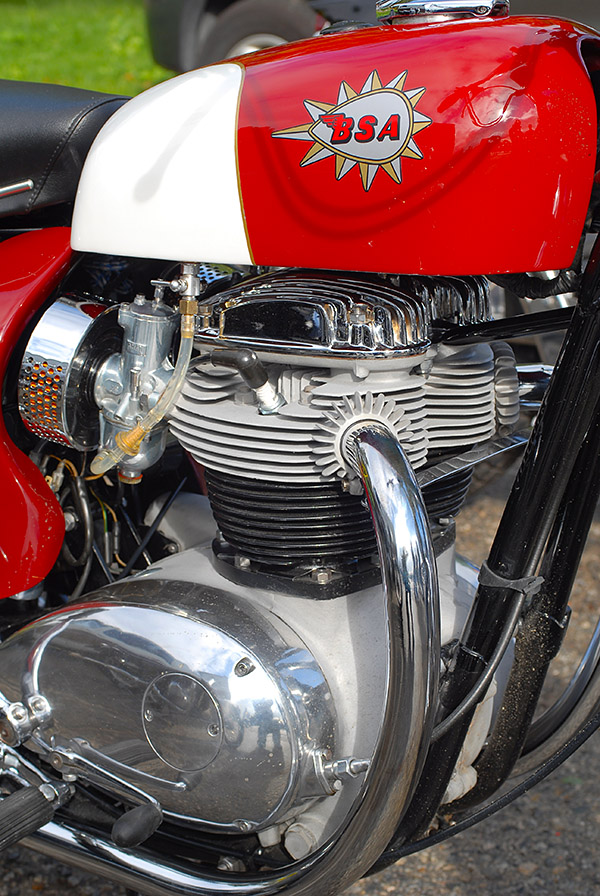
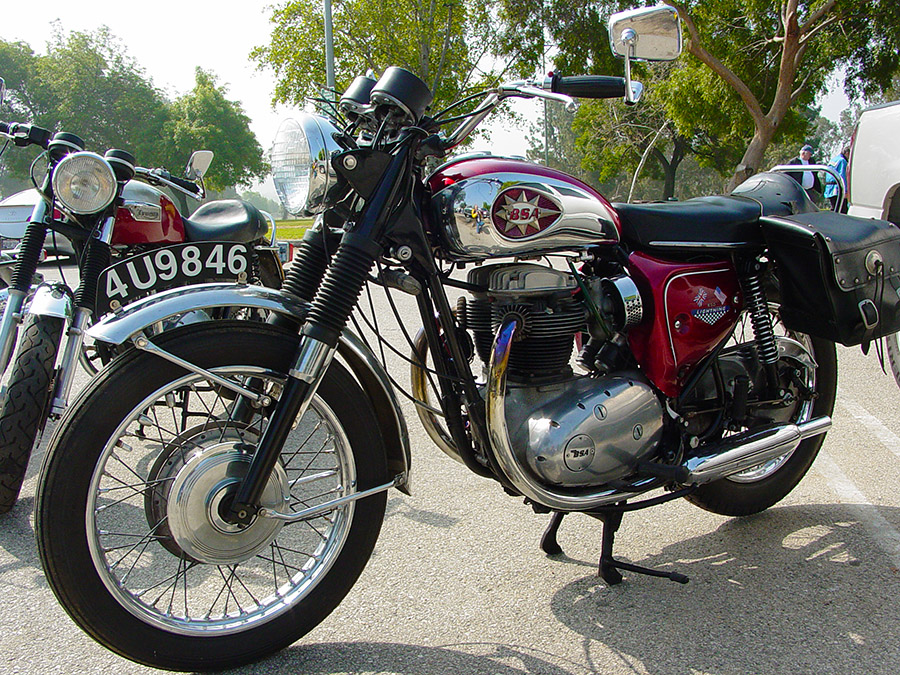 You know what I’d like to see? I’d like to see two bikes from the 1960s resurrected…a 1966 Triumph T120R and a 1965 Electra Glide (the last year of the Panhead, and the first year of the electric start). Those are two of the most beautiful motorcycles ever made. The HD photo below is an earlier Duo Glide, but you get the idea. Make them reliable, substitute enough aluminum for steel so that when you add all the smog and other regulatoria the bikes weigh in at their mid-’60s weights, and make them reliable. Zongshen, you guys listening?
You know what I’d like to see? I’d like to see two bikes from the 1960s resurrected…a 1966 Triumph T120R and a 1965 Electra Glide (the last year of the Panhead, and the first year of the electric start). Those are two of the most beautiful motorcycles ever made. The HD photo below is an earlier Duo Glide, but you get the idea. Make them reliable, substitute enough aluminum for steel so that when you add all the smog and other regulatoria the bikes weigh in at their mid-’60s weights, and make them reliable. Zongshen, you guys listening?